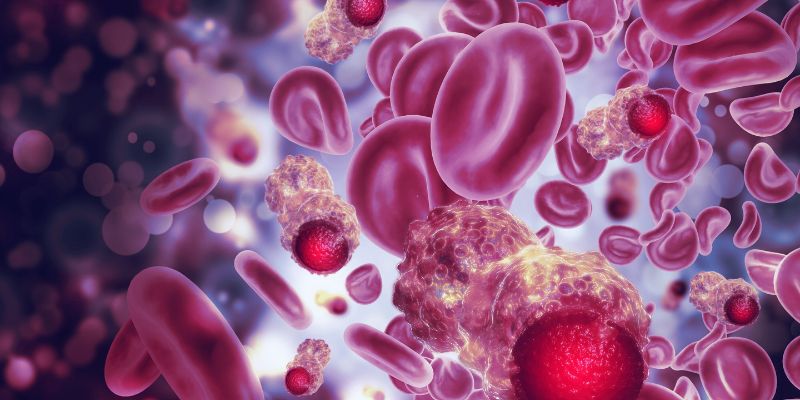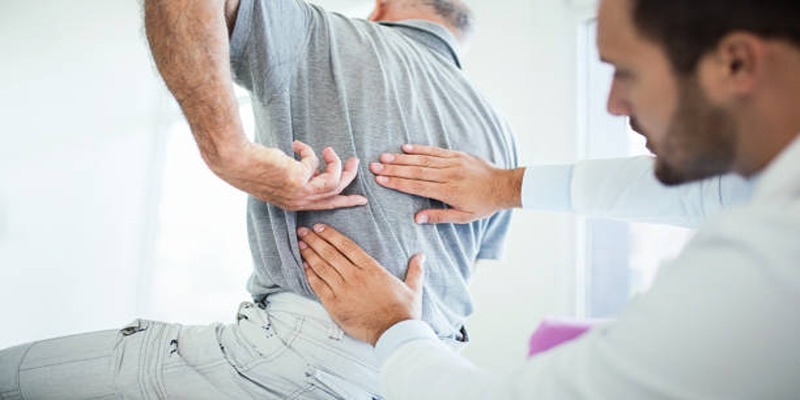How to Treat Postural Orthostatic Tachycardia Syndrome: A Comprehensive Guide
Affecting the autonomic nerve system is Postural Orthostatic Tachycardia Syndrome (POTS). Moving from lying down to standing up creates an odd rise in heart rate. Though POTS can be difficult to control and is sometimes misinterpreted, its symptoms can be relieved with appropriate medication. POTS sufferers could have vertigo, tiredness, and perhaps fainting.
Still, different treatment approaches can assist in controlling these symptoms. This article will advise lifestyle adjustments, medical therapies, and long-term management tactics and walk you through efficient approaches to treating postural orthostatic tachycardia syndrome. The secret is choosing the right strategy tailored to your particular requirements.

Postural Orthostatic Tachycardia Syndrome (POTS)?
An orthostatic posture affecting the autonomic nervous system is Tachycardia Syndrome. When one stands up, blood flow to the brain and heart is disturbed. To adjust for the shortage of blood supply, the heart rate rises quickly. Though POTS is more common among young women, anyone can get this disorder. Typical complaints are lightheadedness, dizziness, tiredness, and fainting.
Mostly, these symptoms start when you go from lying down to standing. POTS can be difficult to identify since its symptoms cross those of other diseases. Working with a healthcare expert for an accurate diagnosis and proper treatment plan is vital. Early treatment can help to enhance quality of life and stop symptom aggravation.
Lifestyle Changes to Manage POTS Symptoms
One of the most crucial measures in controlling Postural Orthostatic Tachycardia Syndrome is modifying one's lifestyle. First, one must be hydrated. Drinking lots of fluids—especially those high in electrolytes—helps preserve blood volume and circulation. Eat more salt as well, but only under advice from a doctor. Furthermore, avoiding prolonged standing can help lessen symptoms.
Rather, when moving from sitting to standing, gradually alter posture. Compression stockings can also help to reduce leg blood pooling and circulation. Frequent physical activity helps the heart become stronger and increases general circulation. Start with easy workouts and then raise the intensity. Effective management of symptoms also depends heavily on stress control and good sleep. Developing behaviors that complement the operation of your body is vital.

Medical Treatments for POTS
Postural Orthostatic Tachycardia Syndrome can be helped with several medical treatments. Usually, the initial line of therapy consists of medicines to control blood pressure and heart rate. Beta-blockers, which slow the heart rate, are commonly advised for patients with POTS. Fludrocortisone is another useful medicine for increasing blood volume. Another medicine, midodrine, increases circulation and boosts blood pressure.
Sometimes, a doctor will advise using ivabradine to lower the heart rate without influencing blood pressure. Apart from these medicines, you should monitor and modify your treatment depending on your conditions. Working closely with a healthcare expert is vital since the correct mix of treatments will differ across individuals. Frequent visits and changes to the treatment plan help to guarantee long-term management.
Dietary Adjustments to Support POTS Treatment
Managing Postural Orthostatic Tachycardia Syndrome depends heavily on diet. Apart from raising salt and fluid intake, emphasizing a balanced diet helps general health. Eating foods heavy in protein and fiber aids with blood sugar control. Low blood sugar can aggravate symptoms, causing vertigo and weakness. To stave against blood sugar swings, consider eating smaller, more frequent meals daily.
Additionally, avoiding items like drinking that might lower blood pressure is helpful. Magnesium and potassium, among other nutritional supplements, can support circulation and muscular action. See a healthcare provider to find out whether any particular supplements are required. For those with POTS, a good diet along with lifestyle and medication therapies can offer major relief.
How Physical Therapy Can Help Treat POTS
Physical therapy can successfully treat POTS and reduce symptoms. One of physical therapy's primary objectives is increasing blood flow and circulation. Gradual exercise and conditioning will help one achieve this state. A physical therapist can assist in creating a tailored workout program by strengthening the muscles in the legs and core. These muscles increase circulation and lower the risk of standing-related fainting or dizziness.
Another approach used to treat POTS is tilt-table therapy, in which body position is gently changed under control. Regular physical exercise also helps boost general stamina, facilitating the handling of daily tasks. Given the constraints of every person, a physical therapist will ensure activities are carried out safely and efficiently. Physical treatment can yield notable changes over time.
Cognitive Behavioral Therapy (CBT) for POTS
Managing Postural Orthostatic Tachycardia Syndrome can be aided by Cognitive Behavioral Therapy (CBT). POTS can seriously affect mental health since continuous tiredness and vertigo might cause anxiety and depression. CBT aids patients in spotting negative thought patterns and substituting more upbeat ones. This therapy method lessens the emotional load of chronic illness.
Additionally, CBT is a coping mechanism for handling daily POTS issues. It can help patients to manage stress and strengthen emotional resilience. Combining CBT with additional treatments—such as medication and lifestyle modifications—may produce improved results generally. The rehabilitation process depends much on mental health; hence, CBT can help with the psychological issues of living with POTS.
Importance of Regular Monitoring and Follow-ups
Managing Postural Orthostatic Tachycardia Syndrome depends critically on regular monitoring and visits with your doctor. POTS symptoms vary; hence, continuous care guarantees that your treatment approach remains successful. Frequent visits let one make quick changes to treatment plans and medicine dosage. Following your symptoms will enable your doctor to grasp your illness better. Noting changes in your health can be done effectively with a symptom diary.
This guide can also record how physical exercise, medicines, and lifestyle changes impact your symptoms. Tracking your development over time gives important information to your doctor. Proactive care helps to guarantee that POTS stays under control. If new symptoms develop or present therapies are not working, do not hesitate to contact your doctor.
Conclusion:
In essence, Postural Orthostatic Tachycardia Syndrome can be a difficult disorder to control. Still, reducing symptoms and enhancing quality of life is feasible with the correct mix of therapies, medical treatments, and lifestyle adjustments. Managing POTS mostly depends on exercise, salt intake, and enough water. Medications and therapies, including CBT and physical therapy, can help improve well-being and lower symptoms. Frequent visits to your doctor guarantee that your treatment plan is always best-fit. Managing POTS becomes a more realistic target if one is proactive and dedicated.










